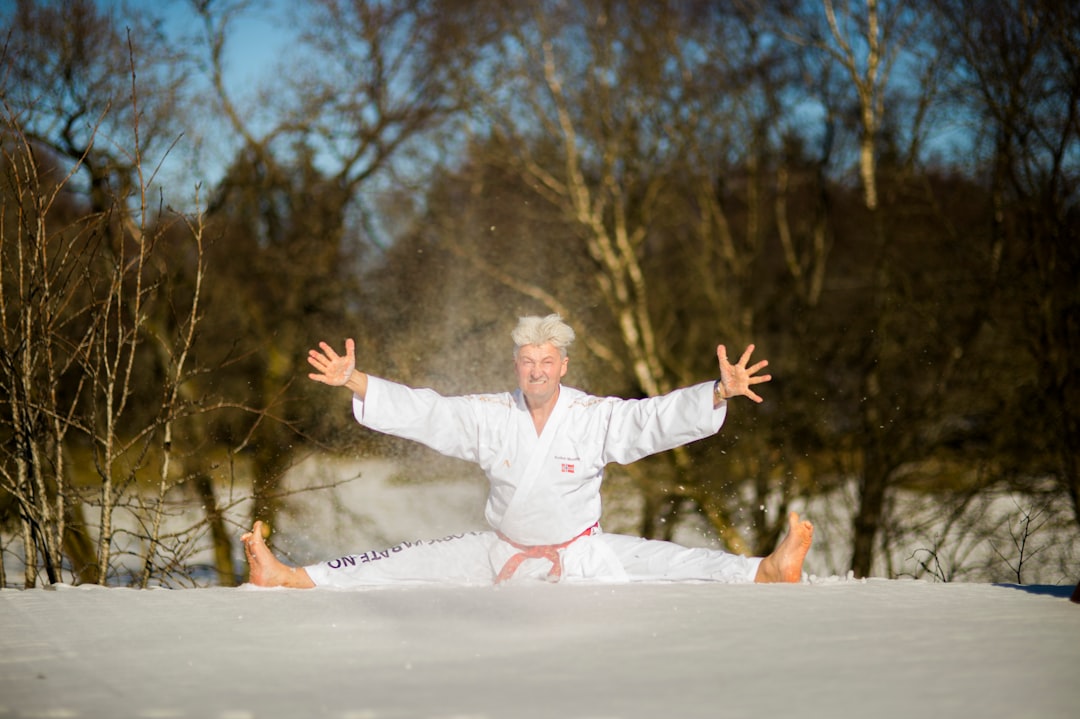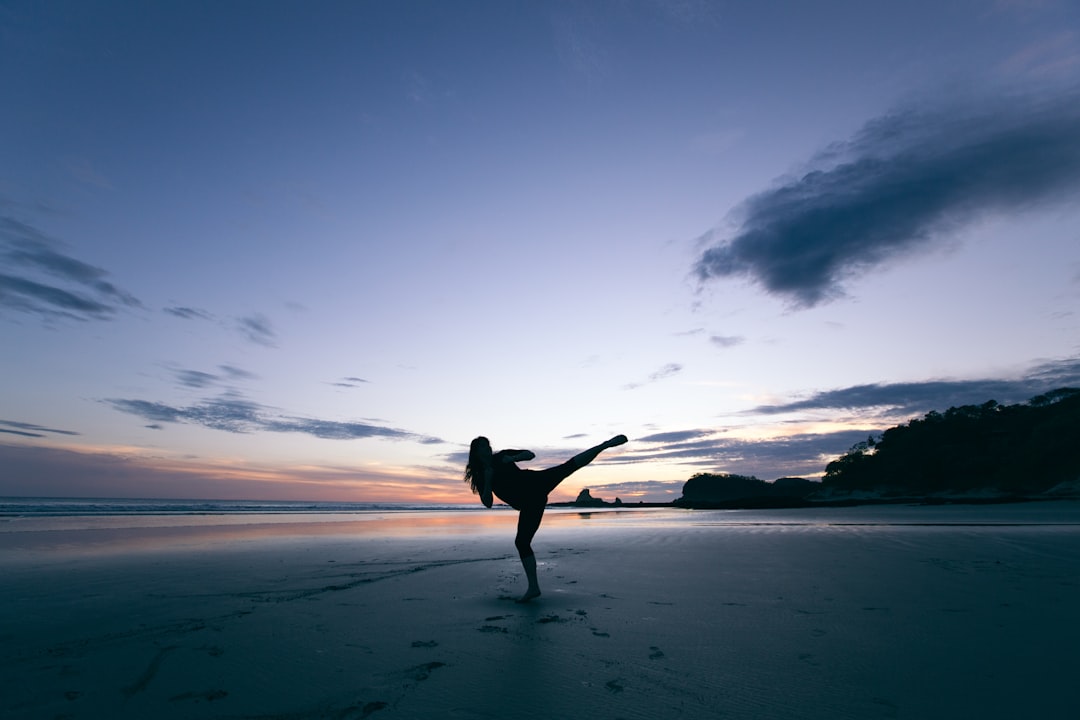Choosing the right karate outfit (gi) involves understanding your training discipline, body type, and performance needs. Traditional Shotokan karate may require a lighter, form-fitting gi, while competitive karate demands sturdier models. The key components of a karate outfit include the doburi jacket that fastens at the front and hakama pants tied at the waist, made from lightweight and breathable fabrics like cotton or cotton-polyester blends for comfort and flexibility. Familiarizing yourself with these aspects ensures optimal performance and protection during training, catering to both casual practitioners and competitive athletes alike.
Karate Outfit Name: The Ultimate Guide to Buying Your Perfect Gi
Karate practitioners understand that their gi is more than just clothing; it’s a symbol of respect, discipline, and dedication. But with numerous options available, choosing the right karate gi can be overwhelming. This comprehensive guide will lead you through the essential components, considerations, and purchasing avenues for acquiring your ideal martial arts outfit. From unraveling the materials and cuts to navigating online vs. in-store shopping, we’ve compiled expert insights to ensure you find the perfect balance of comfort, style, and functionality tailored to your karate practice.
- # Karate Outfit Name: The Ultimate Guide to Buying Your Perfect Gi
- 1. Understanding the Essential Components of a Karate Gi
# Karate Outfit Name: The Ultimate Guide to Buying Your Perfect Gi

When it comes to training in karate, choosing the right outfit, or gi, is essential. The gi, a traditional garment worn by martial artists, serves not only as protective gear but also plays a significant role in your performance and comfort during practice. With various styles, materials, and fits available, finding the perfect karate outfit can be both exciting and daunting. So, where do you begin?
One of the first steps is to consider what type of training you’ll be doing. Different karate disciplines have specific requirements. For instance, traditional Shotokan karate may favor a lighter, more form-fitting gi, while competitive Karate might demand a heavier, more durable one. Additionally, personal preference and body type are crucial factors. Shoulders broad or narrow? Do you prefer a longer or shorter gi? Answering these questions will help guide your decision when exploring the vast array of karate outfit names and styles available in the market today.
1. Understanding the Essential Components of a Karate Gi

When purchasing a karate gi, understanding its fundamental components is essential. The karate outfit, also known as keikogi or doburi, typically consists of a jacket (doburi) and pants (hakama). The jacket is designed to be loose-fitting, allowing for ease of movement during training sessions? It fastens at the front with hooks and eyelets or ties, ensuring a secure fit. The pants, on the other hand, are wide-legged and typically tied at the waist, providing comfort and freedom of motion while kicking and blocking.
These components not only contribute to the functionality of the outfit but also play a role in identifying one’s rank and training level within karate. The material used in their construction is another crucial factor; lightweight and breathable fabrics like cotton or a cotton-polyester blend are commonly preferred for their comfort and flexibility, catering to both casual practitioners and competitive athletes alike.
When it comes to karate outfit name or gi, making an informed purchase decision is key. By understanding the essential components and considering your skill level, brand preferences, and budget, you can find the perfect gi that enhances your training experience. Remember, a well-fitting, high-quality karate gi not only boosts performance but also shows respect for the martial art itself. So, whether you’re a beginner or advanced practitioner, invest in a gi that aligns with your needs and reflects your dedication to karate.
